Home>Interior Design>What Color Is Khaki? The Answer Might Surprise You
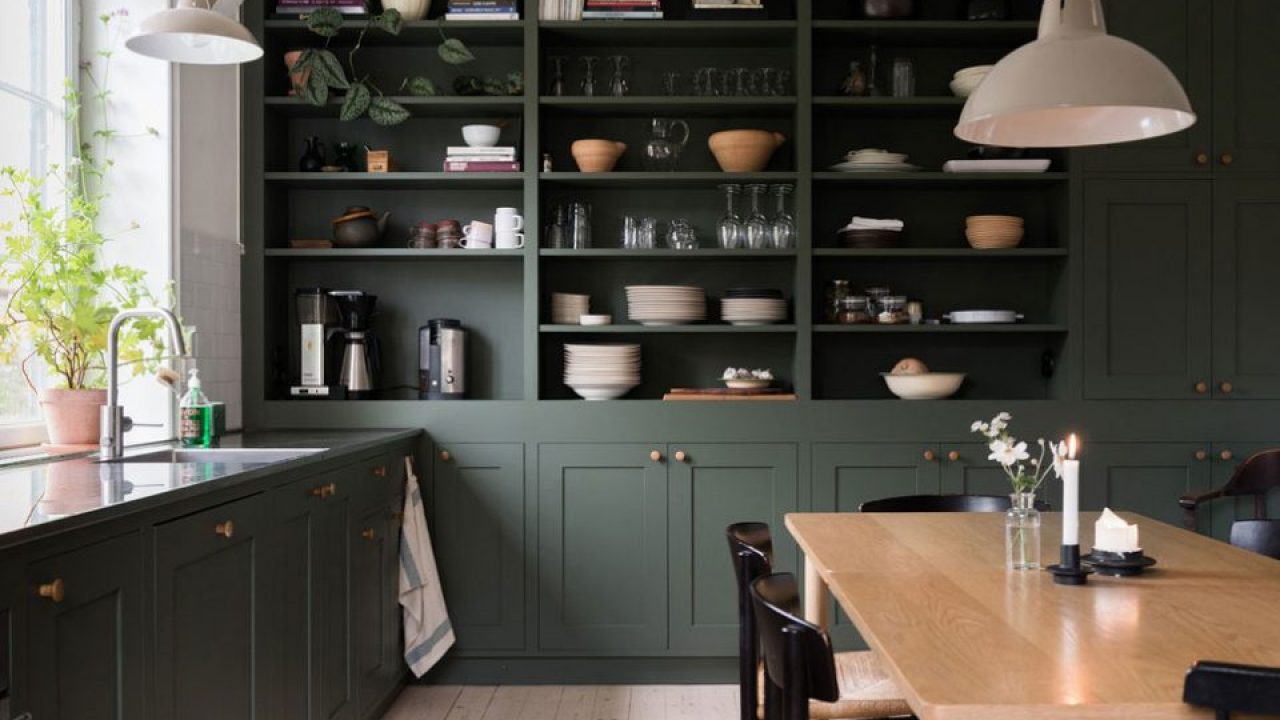

Interior Design
What Color Is Khaki? The Answer Might Surprise You
Modified: January 19, 2024
Discover the surprising answer to what color khaki is in the world of interior design. Uncover the perfect shade to enhance your space and create a stylish atmosphere.
(Many of the links in this article redirect to a specific reviewed product. Your purchase of these products through affiliate links helps to generate commission for Storables.com, at no extra cost. Learn more)
Introduction
The color khaki has become a staple in the worlds of fashion, interior design, and even military uniforms. But have you ever wondered what exactly is khaki and why it has gained such popularity? In this article, we will explore the origins, definition, and various applications of khaki, as well as its psychological and cultural implications.
Originally developed for military use, khaki has evolved into a versatile and timeless hue that can be found in clothing, home decor, and other design elements. Understanding the true essence of khaki can help us appreciate its unique charm and use it effectively in different contexts.
So, get ready to dive into the fascinating world of khaki, where we will unravel its secrets and discover why this color continues to captivate our attention.
Key Takeaways:
- Khaki’s versatile blend of warm and cool undertones makes it a timeless choice for fashion and interior design, offering a sense of balance and harmony in various color palettes.
- With its cultural associations to military discipline, adventure, and inclusivity, khaki’s rich history adds depth and meaning to its widespread appeal in fashion, design, and multiple industries.
The Origins of Khaki
The history of khaki can be traced back to the mid-19th century when it was first used by the British military in their colonial campaigns. The word “khaki” itself is derived from the Urdu and Persian word meaning “dust” or “earth-colored.”
During the British Raj in India, British officers noticed the need for a practical uniform that would blend in with the arid landscape. They experimented with different dyeing techniques and stumbled upon a combination of dyes that produced a light brownish-green color. This color proved highly effective in camouflaging soldiers in desert and jungle environments.
The success of khaki in military applications led to its adoption by other armies around the world. During World War I, khaki uniforms became synonymous with soldiers serving in the trenches, and its popularity only grew from there.
Outside of military use, khaki began to make its mark in civilian fashion during the 20th century. Its utilitarian origins and neutral earth tones made it a versatile choice for everyday wear. Designers embraced its simplicity and incorporated it into their collections, further solidifying khaki’s place in the fashion world.
Today, khaki is no longer limited to military uniforms and casual clothing. Its influence can be seen in various industries, including interior design, where it has become a go-to color for creating a sense of warmth and sophistication in spaces.
Fun fact: Did you know that khaki pants became popular among golfers in the early 20th century? The color was chosen for its ability to hide stains and dirt acquired on the golf course, making it a practical choice for avid golfers.
The Definition of Khaki
Khaki is often described as a light brownish-green or yellow-brown color, reminiscent of dried leaves or sand. However, the specific shade of khaki can vary widely, ranging from a lighter, more beige tone to a deeper, more olive hue.
What sets khaki apart is its unique blend of warm and cool undertones, giving it a versatile and neutral quality that can complement a wide range of color palettes. It is this versatility that has made khaki a popular choice in both fashion and interior design.
When it comes to paint colors, khaki is often categorized as a neutral or earth tone. It can be paired with both warm and cool colors, making it a versatile choice for creating a harmonious and balanced space. In fashion, khaki can be found in clothing items such as pants, jackets, and dresses, and is often favored for its timeless appeal.
It’s important to note that the definition of khaki can vary slightly depending on the context. In the military, khaki refers specifically to the color of certain uniforms, while in fashion and design, it can encompass a broader range of shades and interpretations. Regardless of the specific definition, khaki is universally recognized for its natural and subdued aesthetic.
Fun fact: In the automotive industry, the color “khaki” is often associated with off-road vehicles and adventure-oriented designs, evoking a sense of ruggedness and exploration.
The Perplexing Color Variations of Khaki
While khaki is often associated with a standard light brownish-green color, there are actually numerous variations and interpretations of this versatile hue. Different factors such as lighting conditions, fabric textures, and dyeing techniques can all contribute to the subtle differences in khaki shades.
One of the key factors affecting the color variations of khaki is the balance between warm and cool undertones. Some khakis lean more towards yellow or beige, giving them a warmer appearance, while others have a stronger green or olive undertone, creating a cooler vibe. The specific combination of pigments used in the dyeing process can also influence the final color result.
Furthermore, the material on which khaki is applied can also affect its appearance. Khaki fabrics can range from lightweight cotton to heavy twill, each with its own unique texture and ability to reflect light. This can result in slightly different color perceptions, adding to the variety of khaki shades available.
Even within a single brand or collection, you may find multiple variations of khaki. Fashion designers and fabric manufacturers often put their own spin on khaki, creating custom shades that align with their aesthetic vision. This further fuels the perplexing range of khaki colors available in the market.
When using khaki in interior design, it’s essential to consider the overall color scheme of the space. Some khaki shades may blend seamlessly with warm earthy tones, while others may pair better with cooler neutrals or even vibrant accent colors. Experimenting with different khaki variations can help achieve the desired ambiance and visual effect.
Ultimately, the perplexing color variations of khaki provide endless opportunities for creativity and personalization. Whether you prefer a lighter, more sandy khaki or a richer, greener hue, there is sure to be a shade that suits your taste and complements your design vision.
Khaki as a Fashion Trend
Khaki has enjoyed enduring popularity in the world of fashion, thanks to its timeless appeal and versatility. What started as a practical military uniform color has evolved into a fashion trend that transcends seasons and styles.
One of the reasons for khaki’s fashion success is its neutral nature. Khaki acts as a versatile base color that can be easily paired with a variety of other hues, allowing for endless styling possibilities. Whether it’s a casual ensemble or a more formal outfit, khaki can effortlessly elevate the overall look.
Khaki trousers, in particular, have become a wardrobe staple for both men and women. The relaxed yet refined vibe of khaki pants makes them suitable for a range of occasions, from business casual to weekend outings. Paired with a crisp white shirt or a tailored blazer, khaki pants exude a classic and sophisticated charm.
Another way khaki has made its mark in fashion is through utility-inspired clothing. Khaki jackets, cargo pants, and jumpsuits have become popular choices for their rugged and functional aesthetic. This style often incorporates elements like patch pockets, epaulets, and adjustable drawstrings, adding a touch of utilitarian flair.
In recent years, khaki has also found its way into the streetwear scene. Oversized khaki hoodies, joggers, and parkas have become coveted items, blending comfort and style effortlessly. The subdued nature of khaki allows for bold accessories and statement pieces to take center stage, creating a balanced and fashionable look.
When it comes to footwear, khaki has also made its presence known. Khaki-colored boots, sneakers, and sandals provide a versatile alternative to more traditional neutrals like black or brown. The earthy tones of khaki footwear can add a touch of character to an outfit while remaining understated and easy to style.
Whether it’s the classic khaki trousers or the latest streetwear-inspired pieces, khaki has proven to be a fashion trend that stands the test of time. Its versatility, adaptability, and effortless style make it a go-to choice for fashion enthusiasts around the world.
Khaki is a light brown or tan color with a hint of green. It was originally used for military uniforms and is now a popular neutral color for clothing and home decor.
The Psychological Effects of Khaki
Colors have the power to evoke emotions and influence our psychological state, and khaki is no exception. As a neutral and earthy hue, khaki has certain psychological effects that can impact our mood and perception.
First and foremost, khaki is often associated with stability and reliability. Its natural tones create a sense of balance and grounding, making it a comforting color to be surrounded by. This can have a calming effect on the mind and help reduce stress and anxiety.
Khaki also conveys a sense of understated elegance and sophistication. Its subdued and subtle nature exudes a refined and timeless charm. When worn or used as part of a design scheme, khaki can evoke a sense of effortless style and sophistication.
Furthermore, khaki can be seen as a color that promotes practicality and functionality. Its origins as a military uniform color and its use in utility-inspired clothing highlight its association with durability and efficiency. This can subconsciously make us feel more prepared and capable in our daily activities.
When it comes to interior design, khaki’s psychological effects are also evident. In spaces where relaxation and tranquility are desired, khaki can help create a soothing and harmonious atmosphere. Its warm undertones can evoke feelings of coziness and comfort, making it an excellent choice for bedrooms, living rooms, and other areas meant for unwinding.
On the other hand, in more professional or formal settings, khaki can lend an air of sophistication and professionalism. The subtle earthy tones of khaki can help create an environment that is both inviting and serious, striking the right balance for meetings, offices, and other work-related spaces.
It’s important to note that individual experiences and cultural backgrounds can also influence our perception of khaki. While some may find it calming and elegant, others may have different associations and reactions to the color. Nevertheless, it is evident that khaki has certain psychological effects that contribute to its popularity in fashion and design.
The Cultural Associations of Khaki
Khaki carries various cultural associations that can differ across different regions and societies. These associations are shaped by historical, social, and practical factors, highlighting the multifaceted nature of this versatile color.
One of the most prominent cultural associations of khaki is its connection to military uniforms. Originating from its use in British colonial campaigns, khaki has become synonymous with soldiers and military personnel. This association reflects notions of discipline, duty, and sacrifice, and is often viewed as a symbol of bravery and honor.
In many countries, khaki is also associated with safari attire and outdoor exploration. Its earthy tones blend well with natural landscapes and evoke a sense of adventure and discovery. This connection to the wilderness aligns khaki with ruggedness, resilience, and a love for nature.
Khaki has also been embraced by different subcultures, particularly in fashion. In the 20th century, khaki became popular among countercultural movements such as the hippies and the punk scene. These groups adopted khaki as a symbol of nonconformity and individuality, using it to challenge traditional fashion norms.
In some societies, khaki is associated with workwear and tradesmen. Its practicality and durability make it a suitable choice for those involved in physical labor or manual work. This association highlights the value placed on hard work, skill, and craftsmanship.
On a more symbolic level, khaki can also be associated with social cohesion and inclusivity. Its neutrality allows it to transcend gender norms, making it accessible and suitable for people of all genders. The versatility of khaki also aligns with ideas of adaptability and finding common ground.
Cultural associations of khaki can vary across different regions and contexts. For example, in some Asian cultures, khaki is associated with school uniforms or formal attire, while in Western cultures, it is often seen as a casual and utilitarian color. These cultural nuances contribute to the diverse interpretations and applications of khaki in different parts of the world.
Overall, the cultural associations of khaki highlight its significance beyond its visual appeal. It carries historical and social connotations that add depth and meaning to this seemingly ordinary color.
Khaki in Different Industries
Khaki’s versatility extends beyond fashion and design, making it a popular choice in various industries for its practicality, durability, and aesthetic appeal. Let’s explore how khaki has made its mark in different sectors.
In the military and law enforcement, khaki uniforms continue to be widely used. The neutral and earthy tones of khaki make it an effective camouflage color in various landscapes. Its ability to blend in with the environment enhances the safety and effectiveness of military and law enforcement personnel.
In the automotive industry, khaki has found its way into the interiors of many vehicles. Khaki-colored upholstery and interior accents create a warm and inviting atmosphere. This color choice is often associated with durability and the ability to hide dirt, making it ideal for family-friendly vehicles or those used in outdoor adventures.
In the field of interior design, khaki is a popular choice for creating a sophisticated and timeless atmosphere. Khaki-colored walls, furniture, and decor provide a neutral base that can be easily complemented by various color schemes and styles. Whether it’s a modern or traditional space, khaki adds an element of warmth and elegance.
In the outdoor and adventure industries, khaki is often used for clothing and equipment due to its practical and functional nature. From hiking gear and camping equipment to safari outfits and outdoor footwear, khaki’s association with adventure and durability makes it a natural choice for those exploring the great outdoors.
In the hospitality industry, khaki uniforms can be seen in upscale resorts, hotels, and restaurants. The subtle and refined nature of khaki aligns well with high-end establishments, conveying a sense of professionalism and luxury.
Khaki’s influence can also be found in the world of art and photography. Artists and photographers often utilize khaki backgrounds or props to create a natural and timeless feel in their work. The neutral tones of khaki allow the subject or focal point to take center stage, while still providing a harmonious and balanced backdrop.
Whether it’s in the military, automotive, interior design, outdoor, hospitality, or artistic industries, khaki has proven to be a versatile and practical choice. Its ability to blend in, add warmth, and convey a sense of durability and elegance has made it a timeless staple in various sectors.
Conclusion
Khaki, with its rich history and diverse applications, has firmly established itself as a timeless and versatile color. From its origins in military uniforms to its presence in fashion, interior design, and various industries, khaki continues to captivate our attention and evoke a range of emotions.
What makes khaki truly intriguing is its ability to adapt to different contexts and styles. Its neutral and earthy tones provide a solid foundation for creative exploration, whether it’s in fashion, interior design, or other industries.
Khaki’s psychological effects, such as promoting calmness and sophistication, contribute to its timeless appeal. It can create a sense of stability and reliability, while also offering a touch of elegance and refinement.
Additionally, khaki’s cultural associations add depth and meaning to its interpretation. From its connection to military discipline and adventure to its symbolic representation of inclusivity, khaki carries a rich tapestry of historical and social connotations.
Whether it’s blending seamlessly with other colors, evoking a sense of warmth and comfort, or serving as a practical choice in various industries, khaki has proven its versatility and practicality time and time again.
As we continue to explore the possibilities of khaki in fashion, design, and beyond, let’s appreciate its unique charm and celebrate its ability to transcend trends. Whether you’re adorning yourself in khaki clothing or incorporating khaki accents in your home, embrace the beauty and versatility of this perplexing color.
So, next time you come across khaki, take a moment to unravel its origins, experiment with its variations, and appreciate how this unassuming color has become an integral part of our lives and culture.
Frequently Asked Questions about What Color Is Khaki? The Answer Might Surprise You
Was this page helpful?
At Storables.com, we guarantee accurate and reliable information. Our content, validated by Expert Board Contributors, is crafted following stringent Editorial Policies. We're committed to providing you with well-researched, expert-backed insights for all your informational needs.
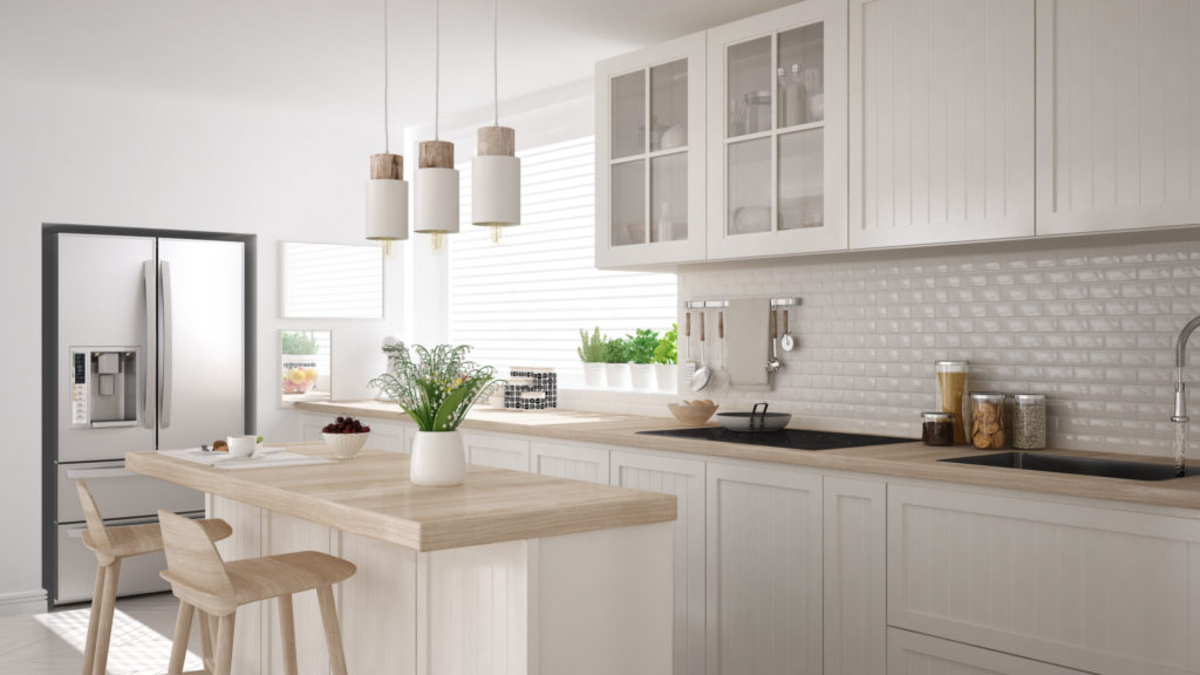
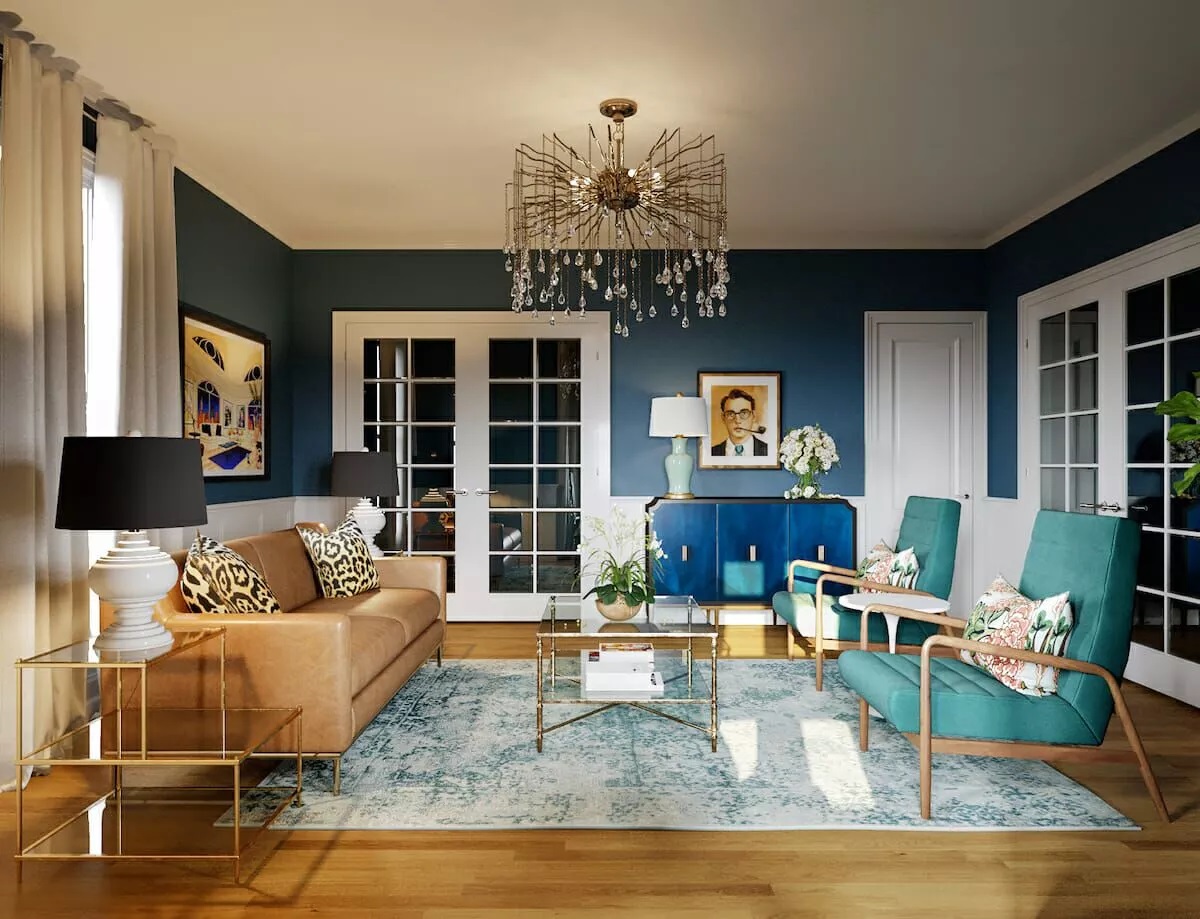


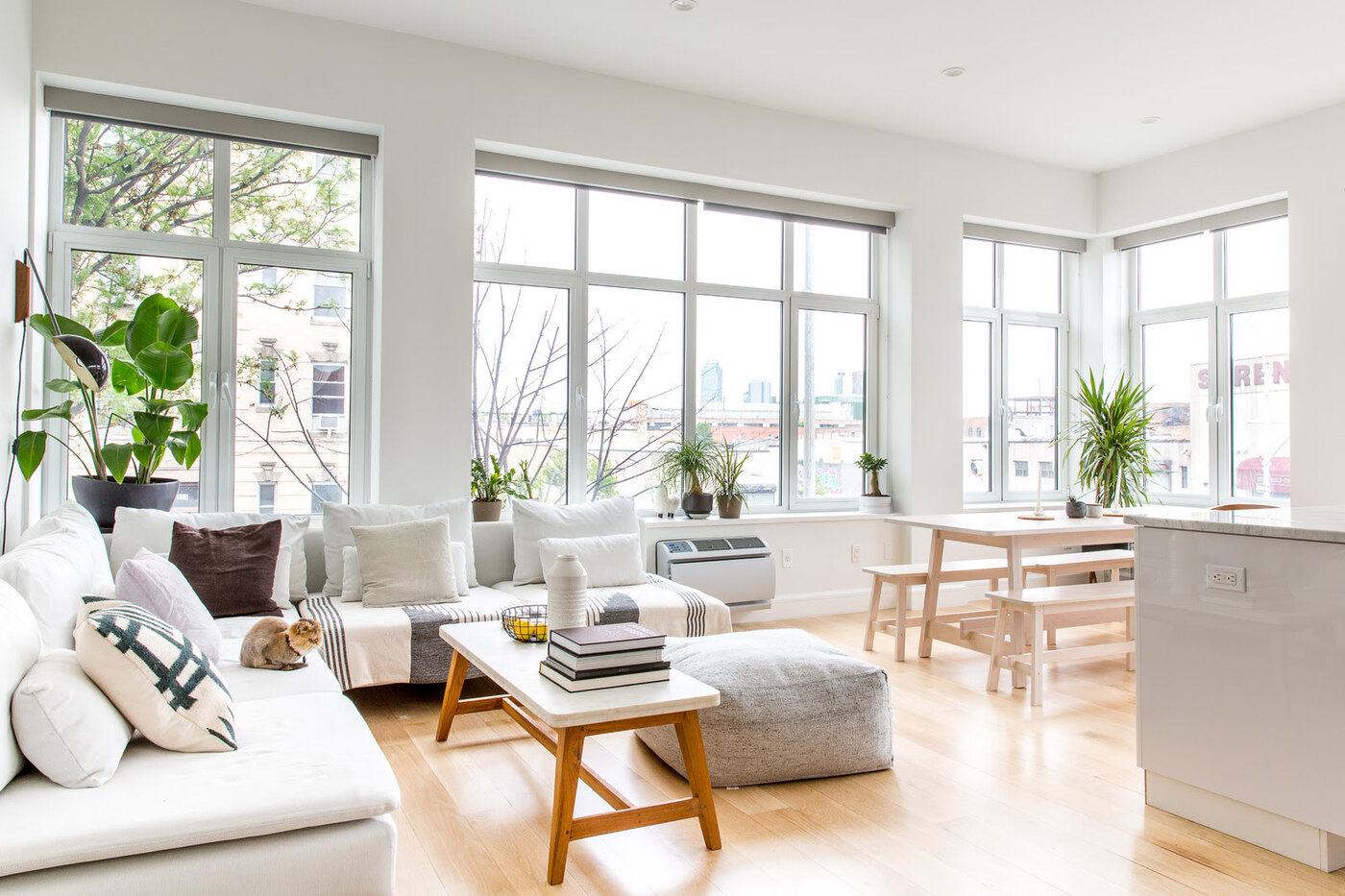
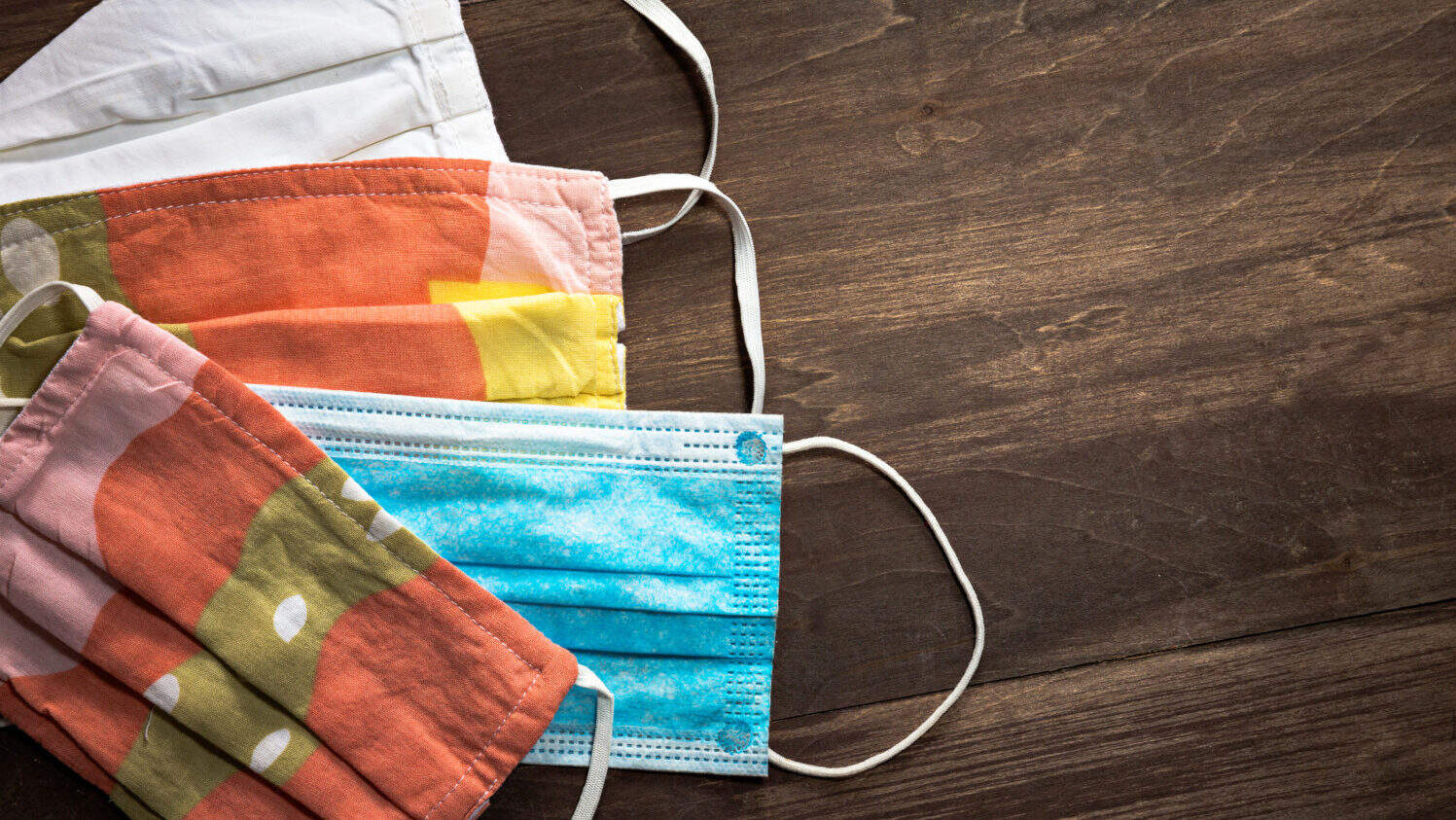
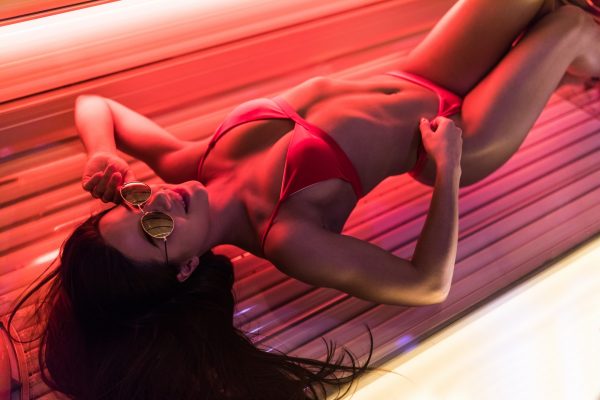
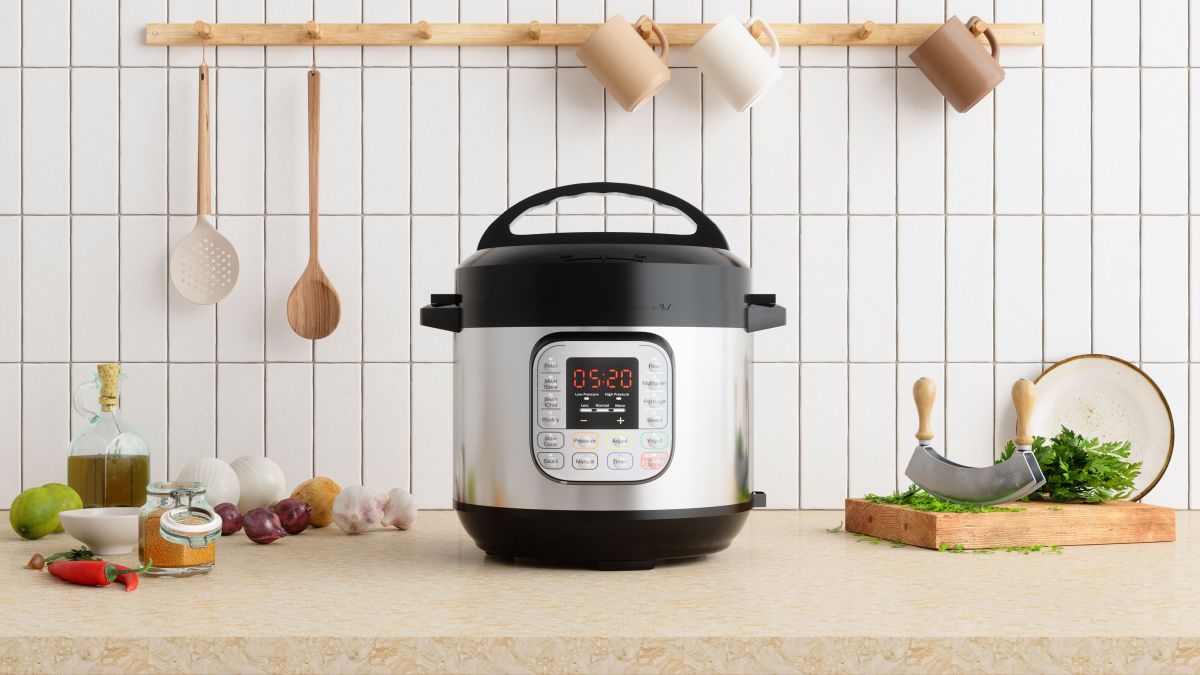
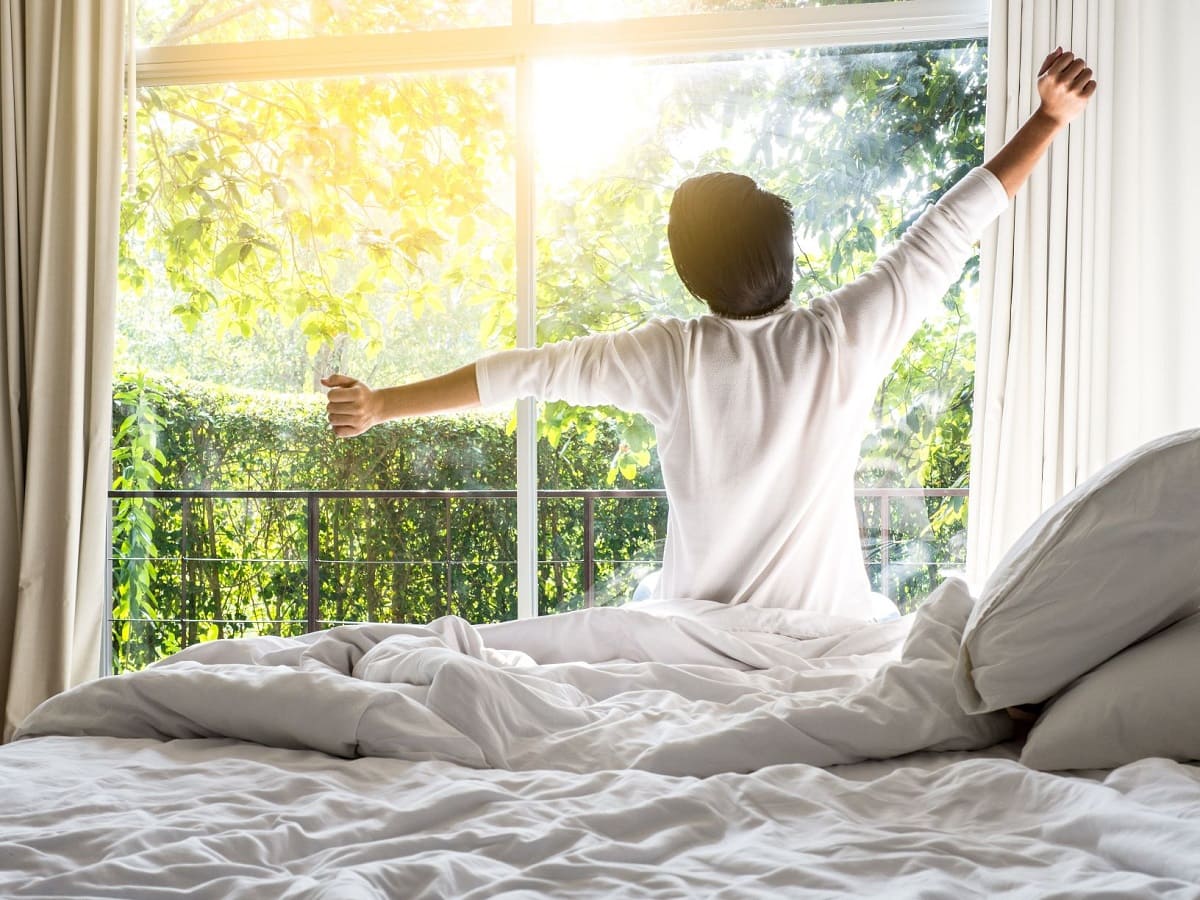
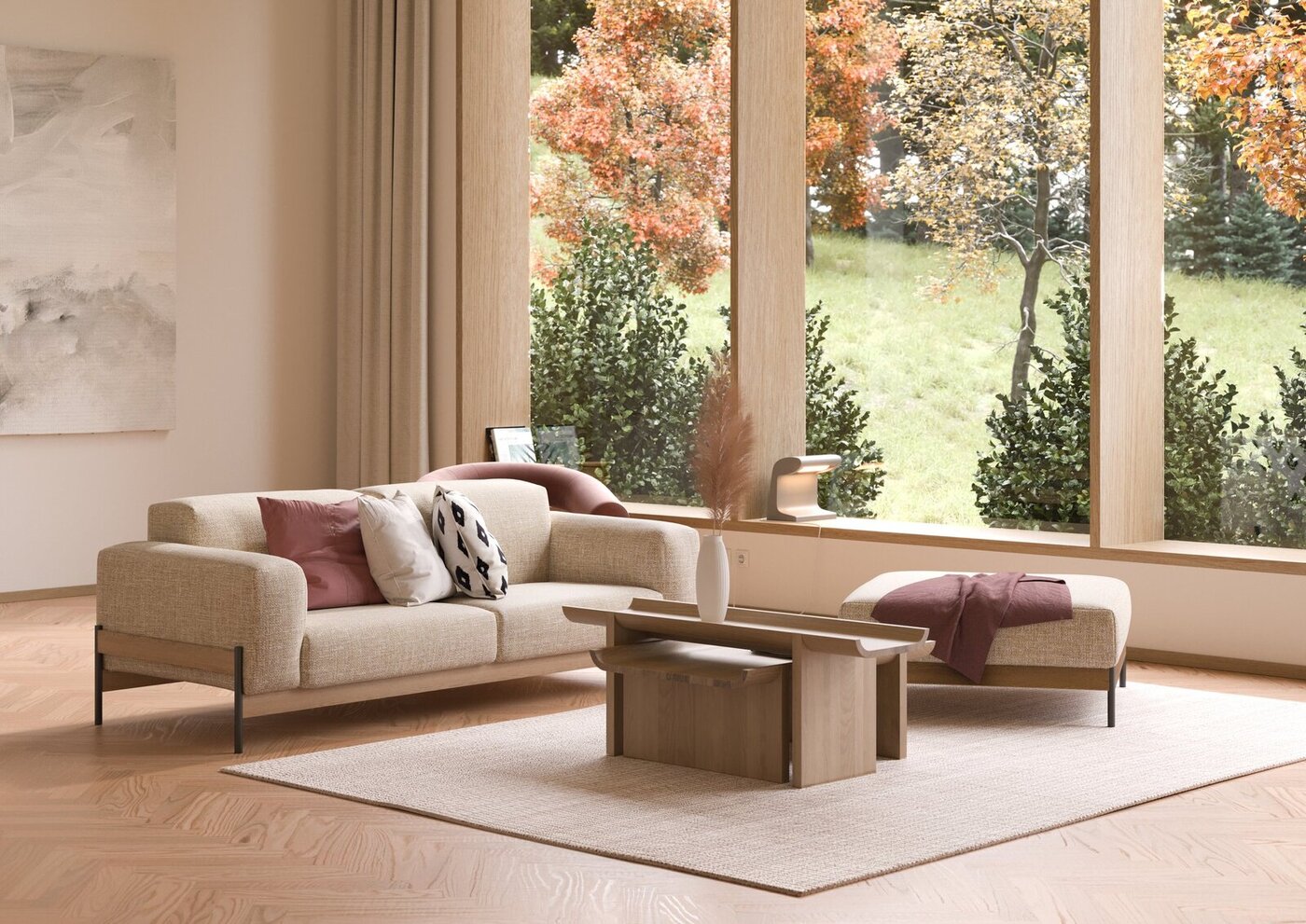
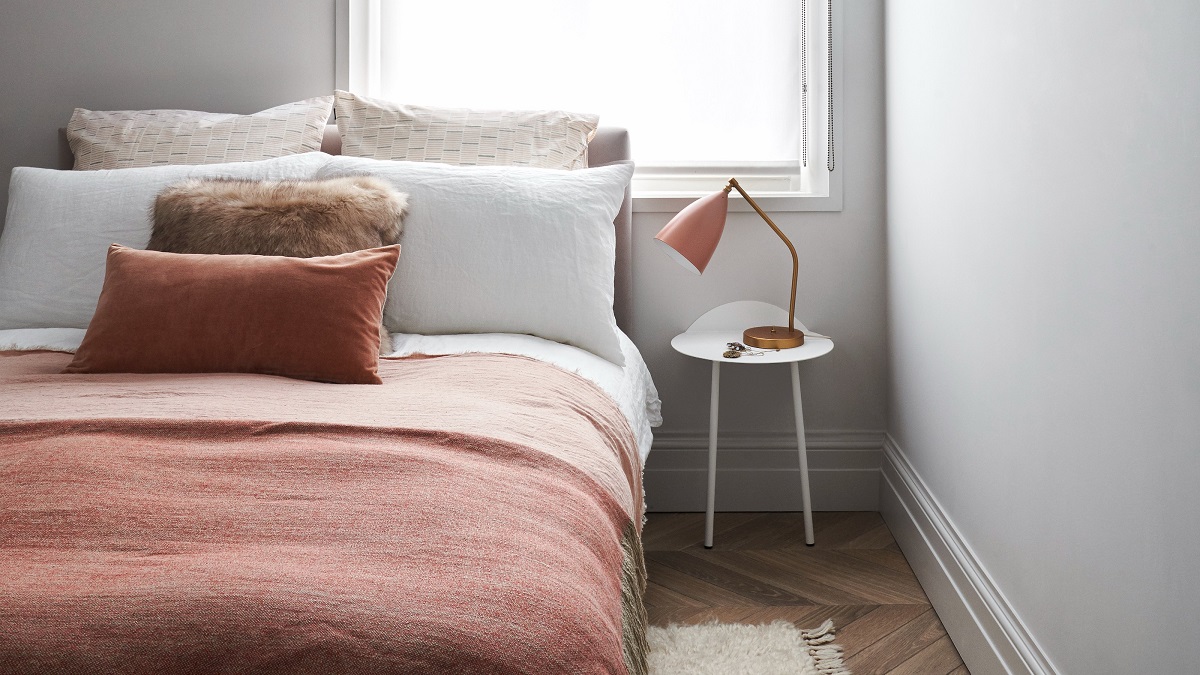
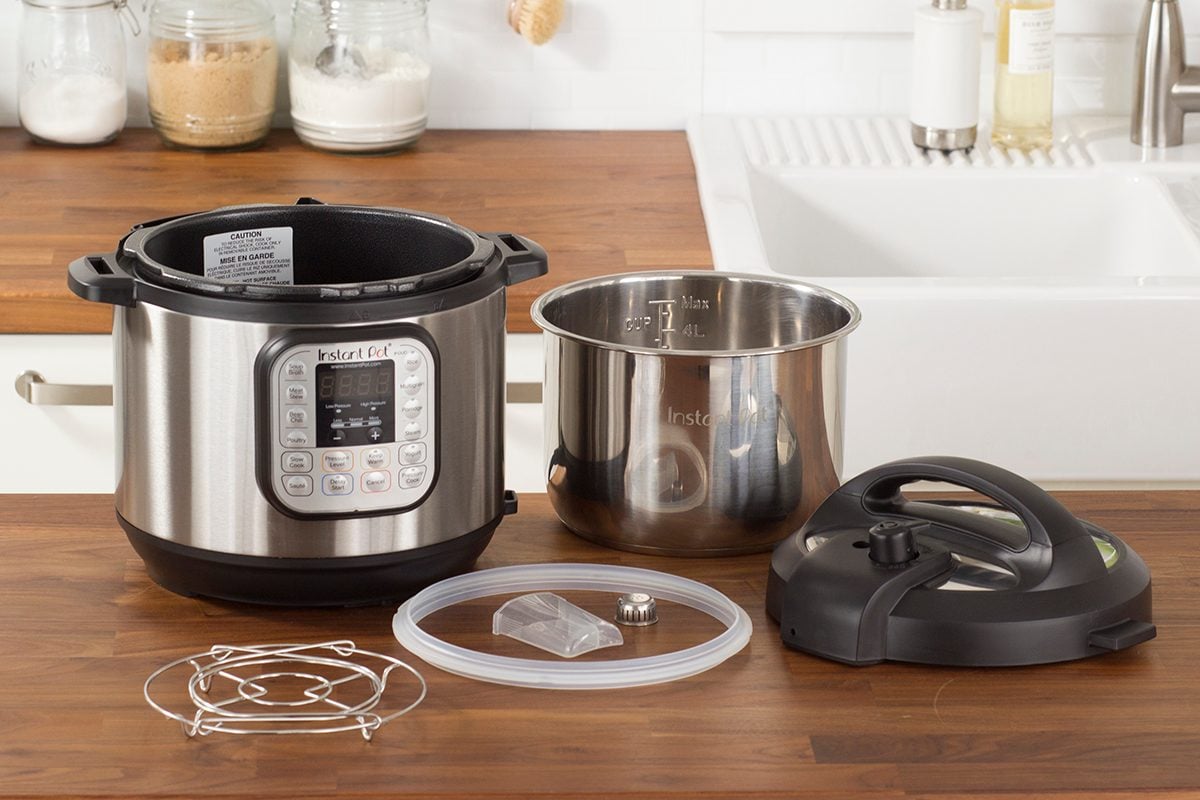
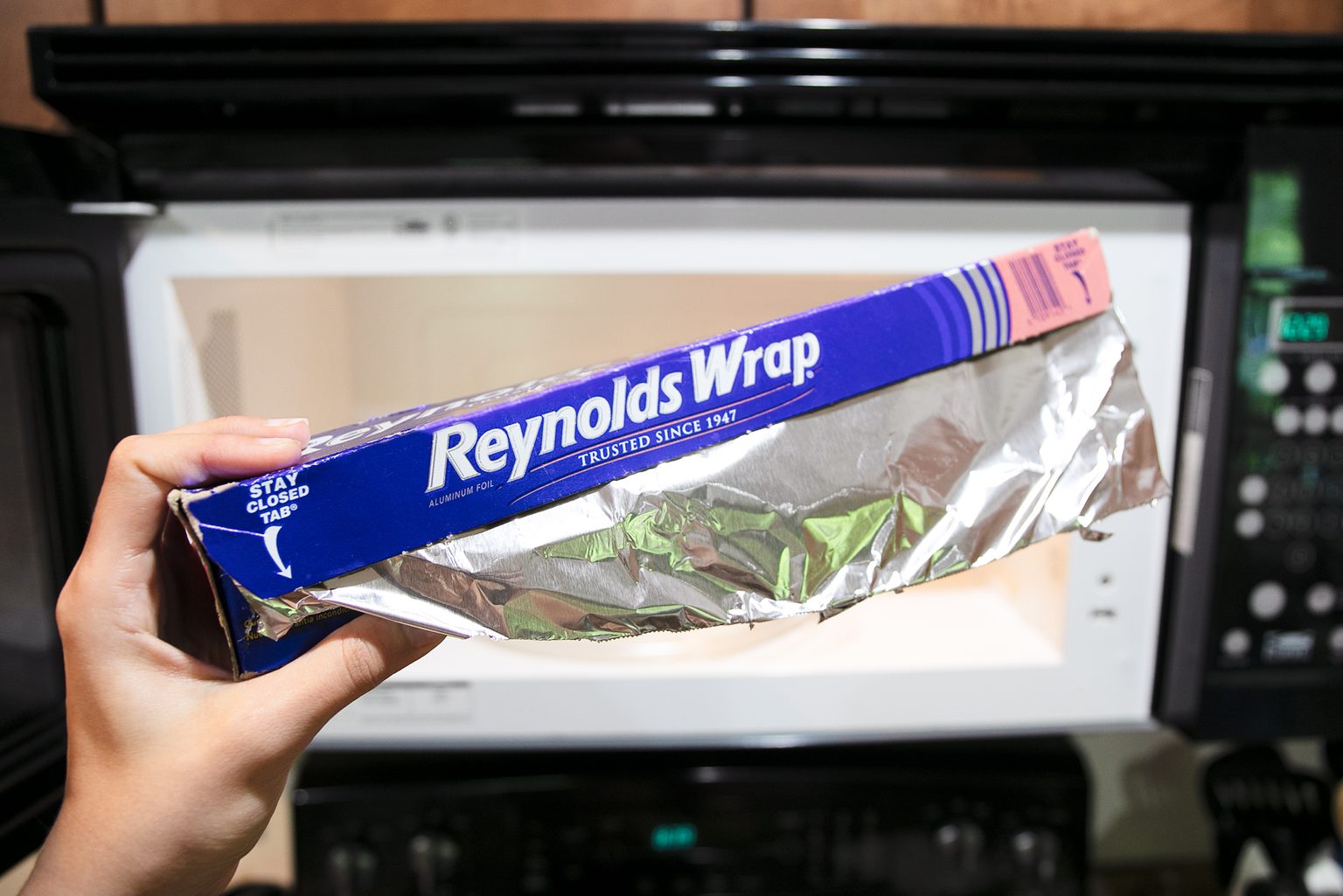
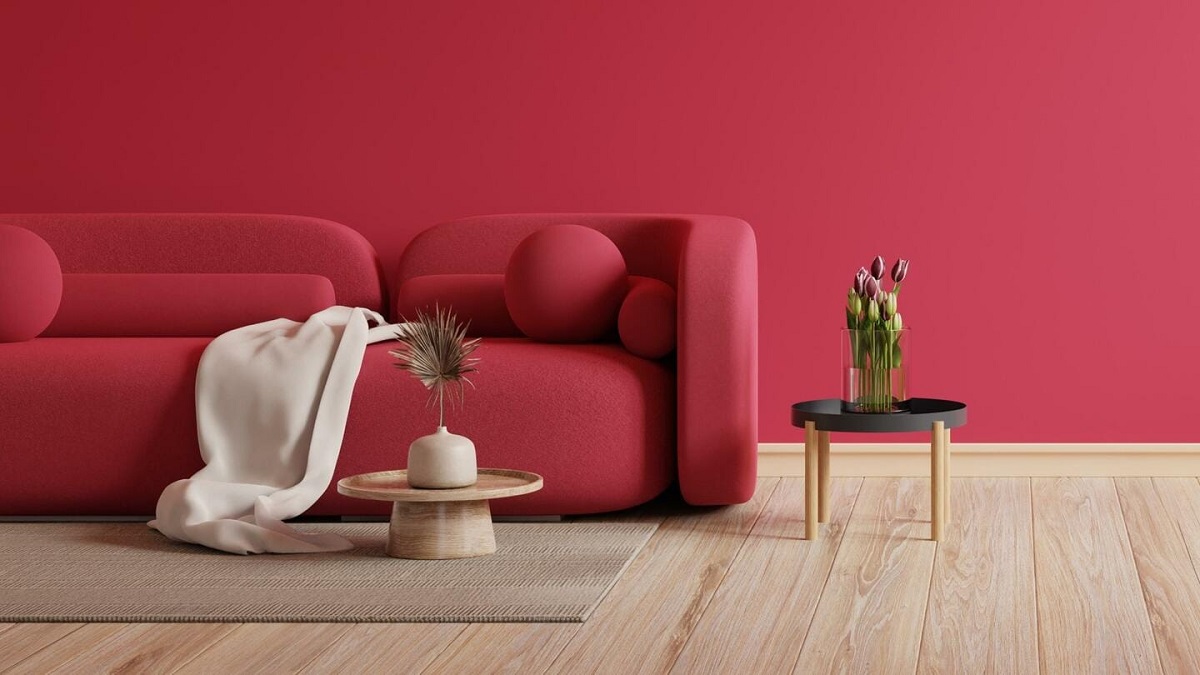

0 thoughts on “What Color Is Khaki? The Answer Might Surprise You”